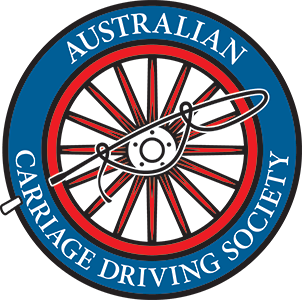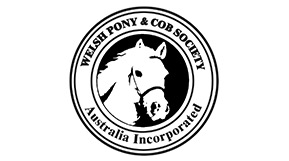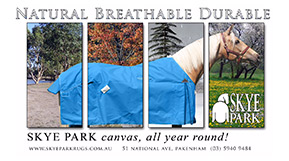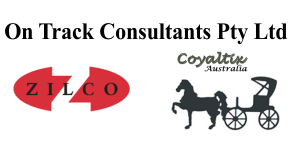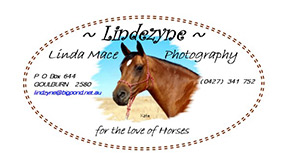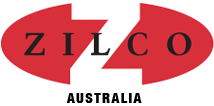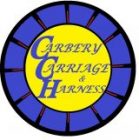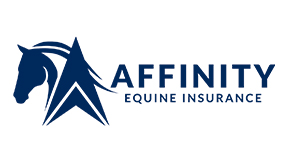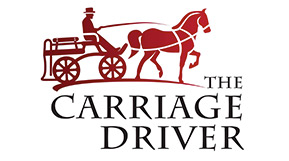Historical Activities
The Historical banner covers people that have a passion for old vehicles.
Our members may have a love the history of carriages and how they contributed to the development of Australia. There are private collections in Australia which range from farming vehicles to large restored coaches that carried many people.
Australia also has some wonderful public collections of carriages – The Cobb and Co Museum in Toowoomba, the Tasmanian Horse Drawn Vehicle Foundation and The National Trust Museum in Millicent are all excellent places to visit.
Our showing members also have beautiful historic restored vehicles that they take to Royal Shows . There is nothing more stunning then a hackney put to a beautiful carriage and all their finery. There are specific classes that you can compete in where everything must be of the period.
Hints on Restoration
Are you one of those people that wistfully thinks of times gone by, of a simpler life when digital technology didn’t take up all your time.
Well you may be the sort of person that sees an old carriage, that is similar to one your grandparents had at their farm and you get that nostalgic feeling and before you know it you’ve bought an old carriage.
Oh heck you think! What and how am I going to do this!!!!!
Well Michael McDonald the ACDS guru of all things Historical has some help for you!
When you first obtain your carriage ask as many questions and write down all you can in regards to all the known history that the previous owner can tell you, think providence.
This is important as history adds to the value, not only monetary but also the purpose for the restoration. As you are loading the vehicle to transport it home remove any loose items such as seat cushions as these can often be missing on arrival at home. Also write down where you took them off on your new beloved piece of history.
Before you begin to disassemble anything take photo’s, record measurements and distinguishing marks. As you remove parts or pieces tag them stating what they are and where they belong.
Be careful undoing nuts and bolts and take your time. This saves needing to replace broken bolts which may be hard to find a match for. Modern coach head bolts have a brand on the head which will need removing. Save all the square nuts as these also are becoming harder to locate. Making your own is not difficult just time consuming.
If you are undertaking a major rebuild keep all of the old parts until the carriage is fully back together as you never know when you may have to refer back to the original pieces.
When reassembly begins prime and sand all components then give a first top coat, that way if there is any movement when finished the primer will not show.
As the different sections come together {as in a spring set} you can then give the completed section another coat of paint. Enamel paint is preferable as modern car paints are not flexible and may crack and lift off with the movement in the timber.
Once the vehicle is fully together and painted the upholstery can be done.
This all may sound like a lot of work but to drive a carriage you have restored is a feeling only a lover of restoration can feel, to know that your long hours have gone into making this come alive is a true achievement. So enjoy the process and reap the rewards.
